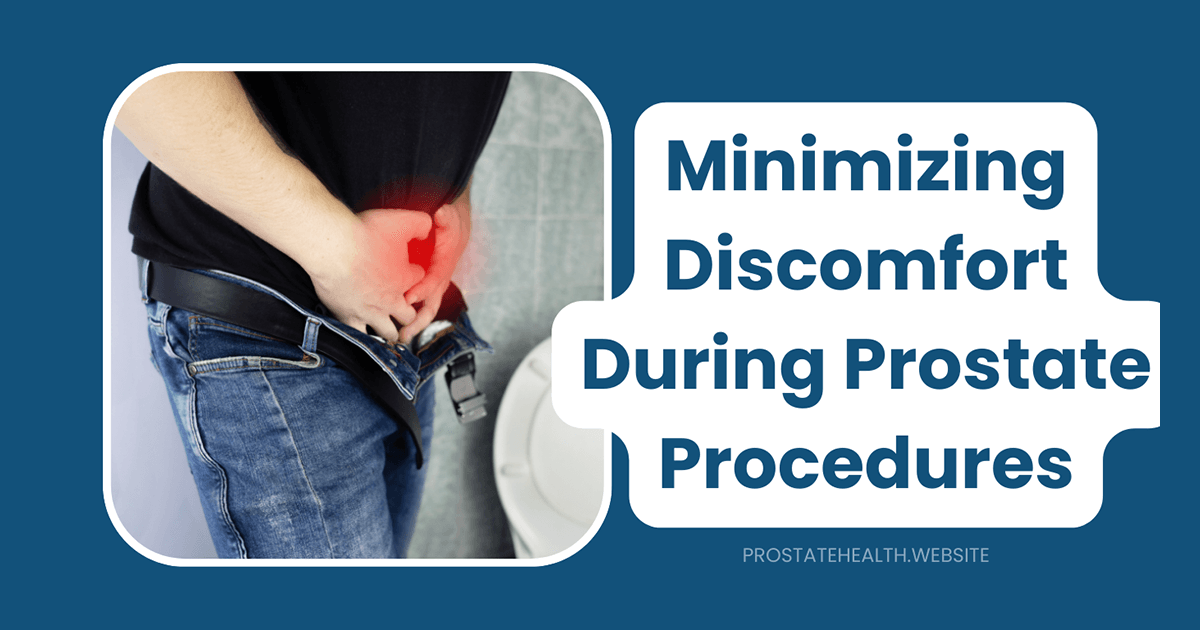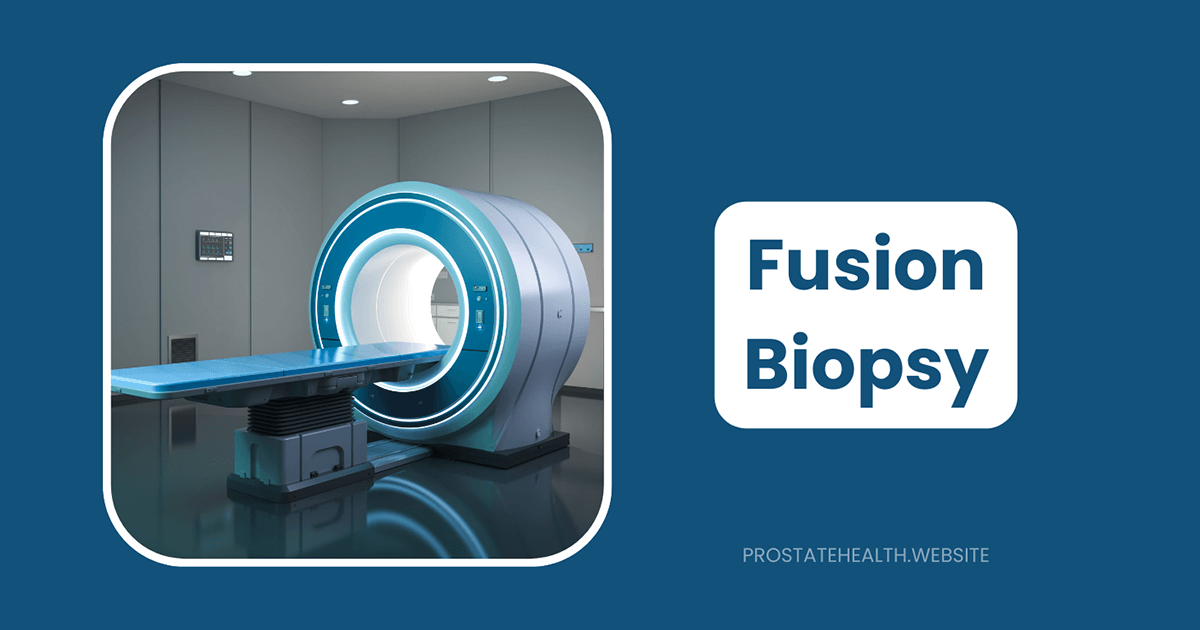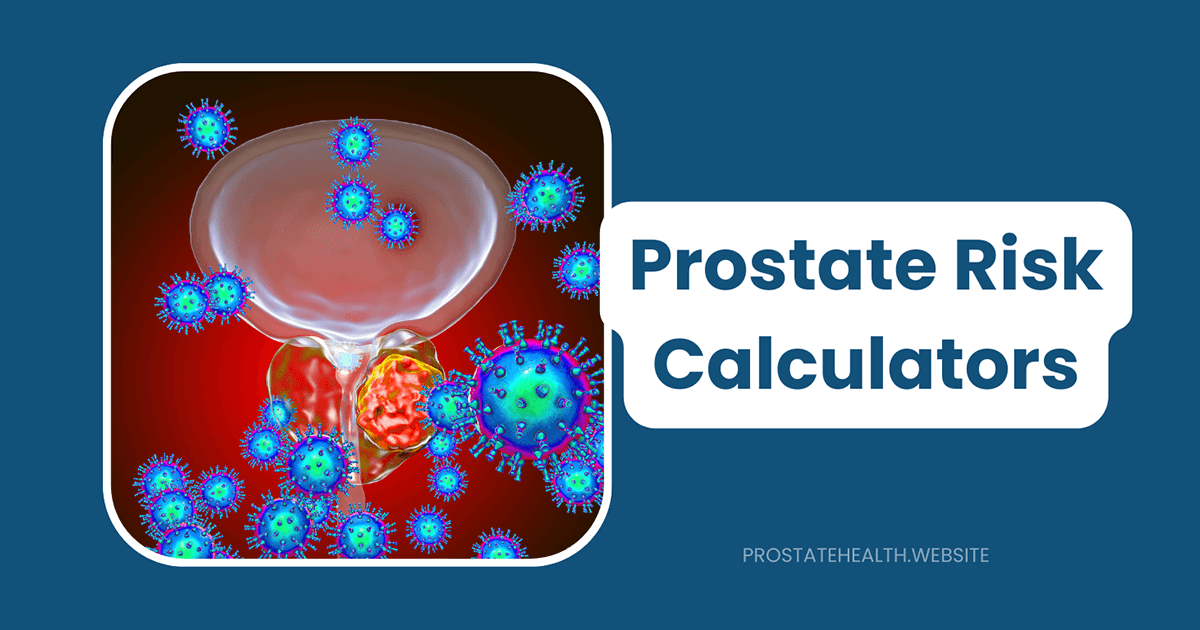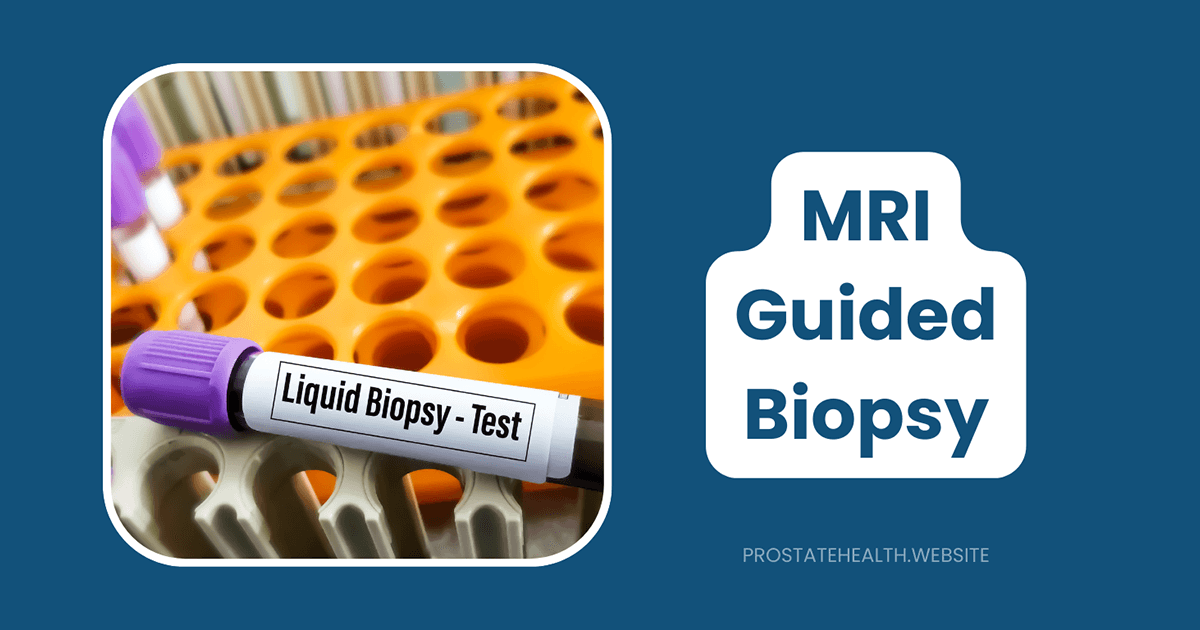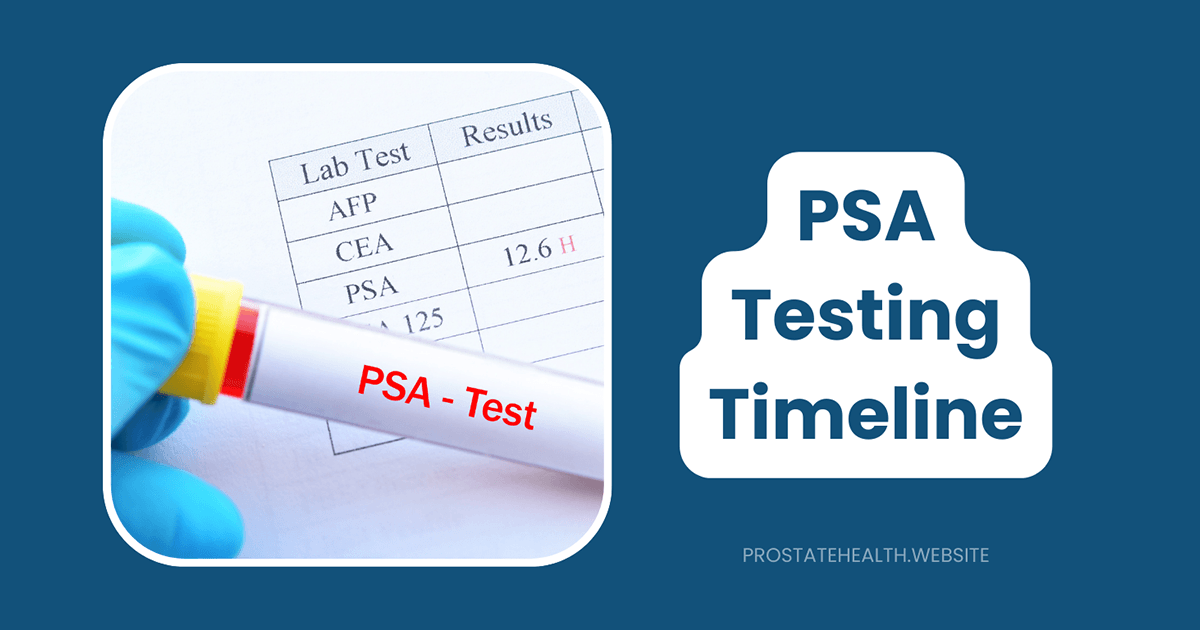What to Do If Your Biopsy Results Are Inconclusive

Few phrases can trigger as much anxiety as “your results are inconclusive.” After enduring the discomfort of a prostate biopsy and the stress of waiting for answers, hearing that your results fall into a gray area can feel profoundly frustrating. You went through the procedure expecting clarity—either “yes, it’s cancer” or “no, it’s not”—but instead, you’re left in limbo.
If you’ve received inconclusive prostate biopsy results, you’re not alone. As someone who’s spoken with hundreds of men navigating this uncertain territory, I can assure you that this is a relatively common occurrence. More importantly, there are clear steps forward and reasons to stay optimistic.
This guide will help you understand what inconclusive biopsy results actually mean, what your next steps should be, and how to manage the emotional weight of uncertainty while moving toward answers.
Understanding Inconclusive Prostate Biopsy Results
When a pathologist examines your prostate tissue samples, they’re looking for clear evidence of cancer cells. Sometimes, however, what they see falls into a gray zone—cells that don’t look entirely normal but don’t definitively indicate cancer either. These findings typically fall into several categories:
Atypical Small Acinar Proliferation (ASAP)
ASAP is one of the most common inconclusive findings. It means the pathologist has found small clusters of cells that have some—but not all—features of cancer.
- What it means: These cells look suspicious but there aren’t enough of them, or their features aren’t clear enough, to make a definitive cancer diagnosis
- Cancer risk: Studies show that 30-40% of men with ASAP will be diagnosed with prostate cancer within 5 years, with about 20% having clinically significant cancer
- Typical recommendation: Repeat biopsy within 3-6 months
High-Grade Prostatic Intraepithelial Neoplasia (HGPIN)
HGPIN is considered a pre-cancerous condition where cells lining the prostate glands show abnormal changes.
- What it means: These cells show changes that may precede cancer, but they haven’t yet invaded surrounding tissue (which would define them as cancer)
- Cancer risk: About 25% of men with HGPIN alone will be diagnosed with cancer on subsequent biopsy
- Typical recommendation: Monitoring with possible repeat biopsy, especially if multiple areas show HGPIN
Inflammation or Infection
Sometimes inflammation or infection can make cells look abnormal or make it difficult for the pathologist to properly evaluate the tissue.
- What it means: Your prostate tissue shows signs of inflammation that may be masking or mimicking other conditions
- Cancer risk: Varies, but inflammation itself doesn’t necessarily indicate increased cancer risk
- Typical recommendation: Treatment of any infection, followed by monitoring or repeat biopsy
Insufficient Sample
Occasionally, the biopsy may not collect enough tissue for a proper evaluation.
- What it means: The pathologist doesn’t have enough material to make a definitive determination
- Cancer risk: Unknown, since adequate tissue wasn’t obtained
- Typical recommendation: Repeat biopsy, possibly using a different technique
Why Inconclusive Results Happen
It’s natural to wonder why your results weren’t clear-cut. There are several reasons why prostate biopsies can yield inconclusive results:
1. Sampling Limitations
Standard prostate biopsies take 10-12 needle samples, but these represent less than 1% of the prostate’s total volume. It’s possible that:
- The needle missed the area of concern
- Only the edge of a suspicious area was sampled
- The cancer is very small or in a difficult-to-reach location
2. Interpretation Challenges
Distinguishing between benign abnormalities and early cancer can be genuinely difficult, even for experienced pathologists. Some cellular changes exist in a gray zone where experts may disagree on their significance.
3. Biological Reality
The development of cancer isn’t always a clear-cut “yes” or “no” situation. The prostate can contain areas in various stages of transformation from normal to pre-cancerous to cancerous.
Next Steps After Inconclusive Results
Receiving inconclusive results doesn’t mean you’re at a dead end. In fact, there’s a well-established path forward:
1. Consult with Your Urologist
Schedule a follow-up appointment specifically to discuss:
- The exact nature of your inconclusive finding
- Your personal risk factors (age, family history, PSA trends)
- The full range of options available to you
- A timeline for next steps
Questions to ask your doctor:
- What specific type of inconclusive finding do I have?
- What percentage of men with my finding are later diagnosed with cancer?
- What is your recommended follow-up plan and why?
- What are the risks of waiting versus proceeding with additional testing?
2. Consider Advanced Imaging
Multiparametric MRI (MP-MRI) has revolutionized prostate cancer detection and is particularly valuable after inconclusive biopsies.
- How it helps: MP-MRI can identify suspicious areas that might have been missed by the initial biopsy
- Accuracy: Studies show MP-MRI is 89% accurate when no suspicious lesions are found
- Next steps: If the MRI identifies suspicious areas, these can be targeted in a follow-up biopsy
As James, a 62-year-old with an initial ASAP diagnosis, shared: “The MRI was a game-changer for me. It found a suspicious area that had been missed on my first biopsy. The targeted biopsy that followed gave me a clear diagnosis and peace of mind.”
3. Explore Biomarker Tests
Several blood and urine tests can help determine if a repeat biopsy is necessary:
- Prostate Health Index (PHI): Combines three different forms of PSA for better specificity
- 4K Score: Measures four prostate-specific kallikreins in blood
- PCA3: A urine test that measures a prostate-specific RNA
- SelectMDx: A urine test that measures the expression of specific genes
- ConfirmMDx: A tissue test that examines DNA methylation patterns in your existing biopsy samples
These tests can help determine your risk of having significant prostate cancer and guide decisions about repeat biopsies. According to recent studies, using these biomarkers has reduced repeat biopsy rates from 43% to just 4.4% in some patient populations.
4. Consider a Repeat Biopsy
If your risk is deemed significant, a repeat biopsy may be recommended. Modern approaches include:
- MRI-Ultrasound Fusion Biopsy: Combines MRI images with real-time ultrasound for targeted sampling
- Transperineal Biopsy: Accesses the prostate through the perineum rather than the rectum, potentially reaching areas missed by the traditional approach
- Saturation Biopsy: Takes more samples (20-30) to more thoroughly examine the prostate
The timing of a repeat biopsy depends on your specific situation:
- For ASAP: Usually recommended within 3-6 months
- For HGPIN: Often within 6-12 months, especially if multiple areas are affected
- For other findings: Varies based on your risk factors and other test results
5. Active Surveillance
If your risk is assessed as low, your doctor might recommend active surveillance rather than immediate repeat biopsy:
- Regular PSA testing (every 3-6 months)
- Digital rectal exams (every 6-12 months)
- Periodic imaging
- Possible repeat biopsy if changes are detected
This approach allows you to avoid unnecessary procedures while still monitoring for any concerning changes.
Making Your Decision
Deciding on next steps after an inconclusive biopsy involves balancing several factors:
Risk Assessment
Consider your personal risk profile:
- Age: Younger men may benefit from more aggressive follow-up
- Family history: Strong family history of prostate cancer may warrant closer monitoring
- PSA trends: Rapidly rising PSA suggests more urgent follow-up
- Specific findings: ASAP carries a higher risk than isolated HGPIN
Quality of Life Considerations
Think about how different approaches will affect your daily life:
- Anxiety: Will ongoing uncertainty affect your mental health?
- Procedure risks: Each biopsy carries small risks of infection, bleeding, and urinary problems
- Time commitment: Consider the time required for additional tests and procedures
Personal Values
Reflect on what matters most to you:
- Peace of mind: Some men prefer definitive answers, even if it means additional procedures
- Avoiding overtreatment: Others prioritize avoiding unnecessary interventions
- Information preferences: Consider whether you prefer to have all possible information or a more measured approach
Managing the Emotional Impact
The emotional toll of inconclusive results shouldn’t be underestimated. Here are strategies that have helped other men navigate this challenging time:
1. Acknowledge Your Feelings
It’s normal to feel frustrated, anxious, or even angry about inconclusive results. Give yourself permission to experience these emotions without judgment.
2. Focus on What You Can Control
While you can’t control the results, you can control:
- How thoroughly you research your options
- Which healthcare providers you consult
- How well you take care of your overall health
- Who you share your journey with
3. Seek Support
Don’t navigate this uncertainty alone:
- Connect with support groups of men who have experienced similar situations
- Consider speaking with a mental health professional
- Share your concerns with trusted friends or family members
- Join online communities focused on prostate health
4. Maintain Perspective
Remember that:
- Most inconclusive findings do not ultimately result in a cancer diagnosis
- Even when cancer is found, it’s often low-grade and highly treatable
- Medical technology continues to improve, offering better diagnostic tools
As Michael, a 58-year-old who went through two inconclusive biopsies before receiving a clear diagnosis, told me: “The waiting and uncertainty were honestly harder than dealing with the actual diagnosis when it came. Looking back, I wish I’d been more open with my family about what I was going through instead of trying to handle it all myself.”
Real Men’s Experiences with Inconclusive Results
I’ve spoken with hundreds of men who have navigated the uncertainty of inconclusive biopsy results. Here are some of their insights:
“After my inconclusive biopsy, I got a second opinion from another pathologist. They found cancer that the first pathologist had missed. Don’t hesitate to ask for another expert to review your slides.” – Robert, 64
“The MRI-fusion biopsy made all the difference for me. My first standard biopsy was inconclusive, but the targeted approach found a small but significant cancer that we were able to treat early.” – David, 59
“My doctor recommended biomarker tests after my inconclusive result. The tests showed low risk, so we decided to monitor rather than repeat the biopsy right away. Three years later, my PSA is stable and I’ve avoided unnecessary procedures.” – Thomas, 67
Questions to Ask Your Healthcare Provider
Prepare for your follow-up appointment by bringing these questions:
- What exactly does my pathology report show, and what are the possible interpretations?
- Based on my specific findings, what is the likelihood that I have cancer?
- Would an MRI help clarify my situation before considering another biopsy?
- Am I a candidate for any of the new biomarker tests?
- If we do another biopsy, what approach would you recommend and why?
- What are the risks of waiting 3-6 months before making a decision?
- How many patients have you treated with similar findings, and what were their outcomes?
- Would getting a second opinion on my pathology slides be worthwhile?
When to Seek a Second Opinion
Consider seeking a second opinion if:
- Your doctor seems dismissive of your concerns
- The recommended follow-up plan isn’t clearly explained
- You feel rushed into a decision
- Your instincts tell you something isn’t right
- You want confirmation before proceeding with invasive procedures
Many insurance plans cover second opinions, and most doctors welcome them. You can request that your slides be sent to another pathologist with expertise in prostate tissue evaluation.
Conclusion: Moving Forward with Confidence
Inconclusive biopsy results represent a detour, not a dead end, on your prostate health journey. With advanced imaging, biomarker testing, and improved biopsy techniques, you have more tools than ever to find clarity.
Remember that you’re not alone in this experience—thousands of men face inconclusive results each year and successfully navigate to clear answers. By understanding your options, asking the right questions, and addressing both the medical and emotional aspects of your situation, you can move forward with confidence.
The uncertainty is temporary, but the knowledge and self-advocacy skills you develop during this process will serve you well throughout your health journey.
Have you experienced inconclusive biopsy results? Share your experience in the comments below to help other men navigating this challenging situation.

